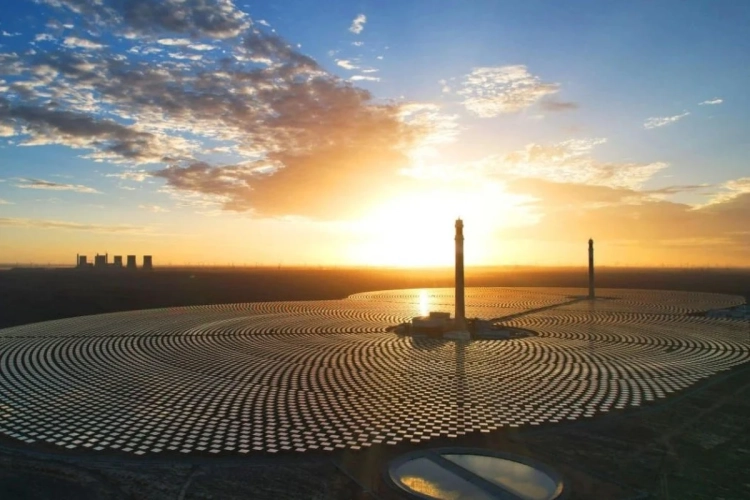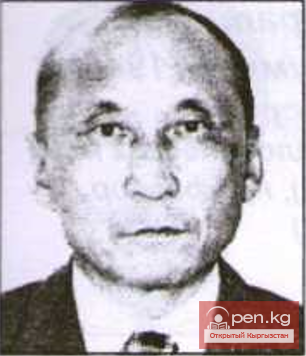This solar power plant was created by China Three Gorges Corporation, known for constructing the massive Three Gorges Dam. As part of a new project, the company is implementing concentrated solar power (CSP) technology, where sunlight heats salt to a temperature of 570°C. This heat is stored in the system, allowing it to be used even at night when conventional solar panels are ineffective.
The uniqueness of the new complex lies in the presence of two towers and a single mirror field, making it 25% more efficient compared to traditional installations and reducing construction costs—mirrors are one of the most expensive components of helioconcentrators.
The power plant becomes part of a regional energy cluster that combines solar and wind installations and can provide electricity to about 500,000 households annually.
While the USA and Europe are shutting down old solar plants, such as the Ivanpah project in California, which received a $2 billion investment, China is actively developing helioconcentration technologies. In China, helioconcentrators are viewed not as a replacement for solar panels but as an additional system to smooth out energy production fluctuations at night.
As of today, there are 21 commercial CSP plants operating in China with a total capacity of 1.57 GW, and another 30 are under construction, which will add over 3 GW of capacity. China is already developing three-tower systems and exploring the use of metamaterials that could reduce the cost of mirror fields by 60%.
Moreover, China is actively participating in international solar projects, such as the Moroccan Noor and the Chilean Cerro Dominador. The largest complex, Noor Energy 1, in the United Arab Emirates, with a capacity of 700 MW, demonstrates the potential of this technology.
The two-tower station in the Gobi serves as an example of China's investment not only in affordable solar panels but also in complex hybrid systems that can provide energy even after sunset.
















































